
The Lawn Techs Blog
Information, reminders, tips, and more about lawn care, plant health care, and outdoor pest control.

Information, reminders, tips, and more about lawn care, plant health care, and outdoor pest control.

This is a question of concern that we receive from our customers. This question has increased over the last few years since many companies are now marketing that their services are Pet Safe, Kid & Pet Friendly, Family Friendly, or offer Safe Organic Lawn Care while not really disclosing that they are still using pesticides. At The Lawn Techs, we feel this is somewhat misleading to the public.
All lawn fertilizers are for the most part safe. Kids and dogs do not eat fertilizers, even if the pellets tasted like candy it would be very difficult to impossible to locate the pellets and then pick them up and ingest them.
All lawn pesticides are registered and labeled by the state and the EPA. No product label will indicate "safe" and they all have risks if not used properly. Most of these risks are to protect the applicator and the environment. This is why lawn care companies and employees are licensed and regulated.
Instructions about each treatment are left on your door on each service visit. They include what product was applied and safety instructions. Also, a consumer information sheet is given to you every year with instructions and a master list of pesticides that may be used.
Granular lawn treatments of fertilizer at times also include a pesticide such as pre-emergent crabgrass control or grub control. The pellets...

Climate is controlled at ground level by turf grasses as they cool temperatures appreciably, thus working as exterior "air conditioners."
Dust and smoke particles from the atmosphere are trapped by turf which helps keep the air cleaner.
Noise is absorbed by grass areas which cut down on excessive sound, a growing problem in urban areas.
For example, grassed slopes beside lowered expressways reduce noise by 8-10 decibels.
Pollutants, such as carbon dioxide and sulfur dioxide, are absorbed by turfgrasses thereby rendering the air fit to breathe.
Turfgrass thatch acts as a barrier to deterring chemicals from entering the soil profile.
Oxygen generation by turfgrasses has a major impact on making our environment habitable. A 50'x 50' lawn produces enough oxygen for a family of four.
Erosion of soil by water is effectively controlled by grasses as they intercept raindrops before they disturb the soil and they also slow the flow of water which minimizes soil loss.
Groundwater is enhanced in two ways by a dense turf. Turfgrasses increase infiltration of water and clean the water as it passes which in turn recharges the underground water supplies used by all of us.
Run-off of water and pollutants is greatly reduced by a highly maintained lawn. Dense turfgrass cleans the water helping to maintain a high-quality ...
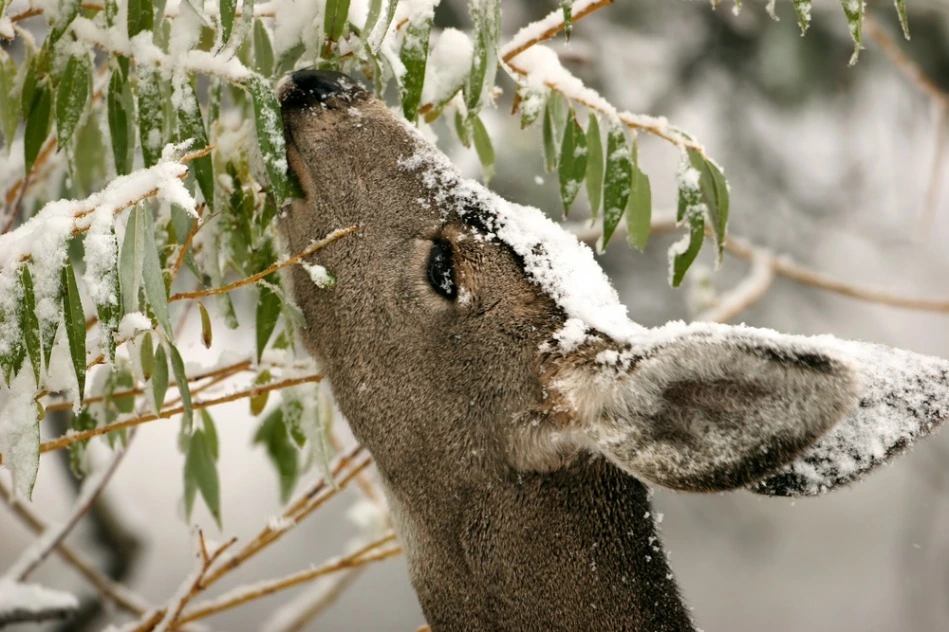
Deer feeding on your trees and shrubs can cause costly landscape damage while infesting your property with ticks and deer droppings. Stop deer damage now! We have your winter deer repellent solution.
Stopping deer damage over the winter is really not that hard, the most effective and affordable way is to apply a thiram deer repellent to stop them. There are only a few deer repellent products that will actually work and we know which ones.
What is the best deer repellent? The Lawn Techs uses a new proven and tested professional thiram deer repellent called Deer Pro. One application will last all winter long and will be up to 95% effective. Deer Pro is only available for licensed professionals and will leave a light green color on your plants that will fade away in the early spring. We also have a clear All-Natural Deer Repellent Spraying Service option however it must be applied monthly. Our effective treatments work by both taste and smell. A smell that only deer can detect. Most other deer control products on the market simply do not work.
Another option would be to install deer netting instead of spraying. Deer netting is somewhat difficult to install but can be effective if installed properly....
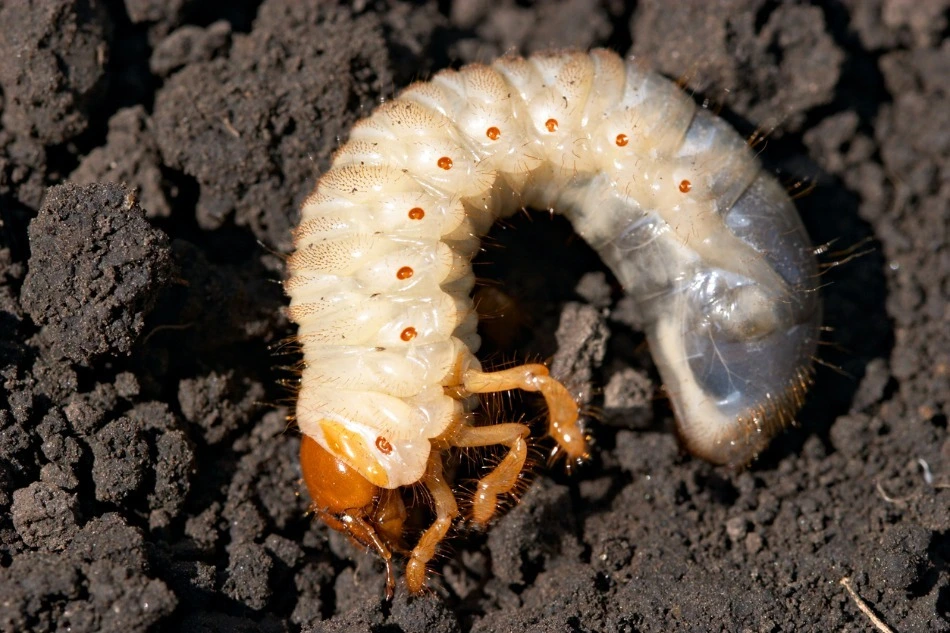
A grub is a slug-like larva that will develop into a beetle. There are many different varieties, the most common is the white grub. Grubs begin their life cycle in mid-summer to early fall as larvae. While in the larvae stage they live right below the ground surface and feed upon the lawn’s root system. This is undetectable until brown patches of grass develop. Unfortunately, once discovered, an infestation usually has caused irreparable damage to your lawn.
A traditional preventative grub control treatment is the best way to prevent grub damage. It is also the most cost effective and will give the best results. Some manufacturers and lawn care companies such as 1.888.Lawntec will even guarantee results. The downside is that this is a chemical that will stay in the soil for a period of time and will be toxic to beneficial insects and aquatic life if applied incorrectly. To be 100% safe and make the product effective it needs to be watered in and dry before adults, kids and pets use the lawn.
Post-emergent products are used to kill a live active problem when the grub damage is happening in front of you. Make sure that you are not using a preventive product to stop the problem, you will need a post-emergent product. These post-emergent products cost more than the pre-emergent grub killers. This is also a chemical that will be...
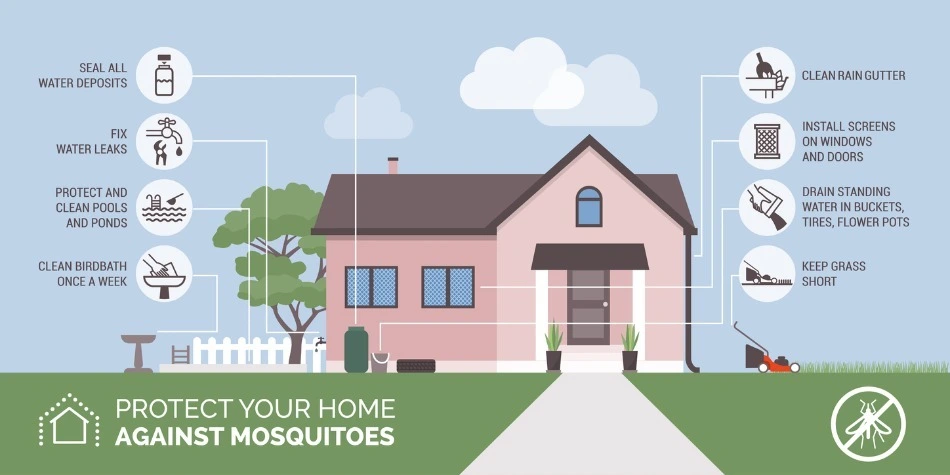
If you’ve ever wondered which mosquito control methods work and which ones will not read on for a summary of the good, the bad and the dangerous.
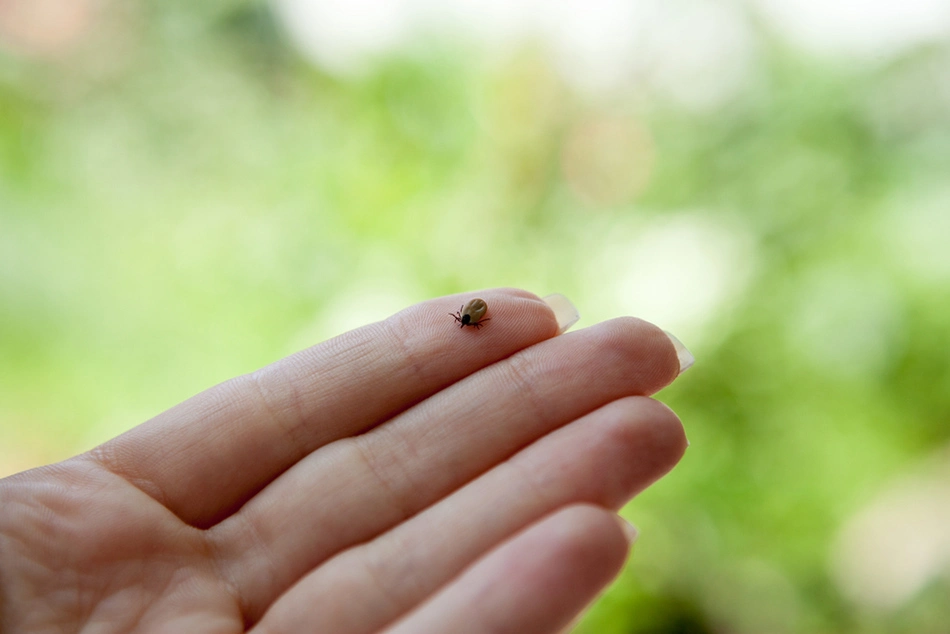
In 2017, there were 5,092 reported cases of Lyme disease in the state of NJ, the highest yearly total in nearly two decades, according to new data from the New Jersey Department of Health. In northeastern states, the tick infection rate is among the highest in the country. Deer ticks can be carried by deer, mice, raccoons, squirrels, birds, dogs and cats which are in all yards. Most bites occur in people’s own yard.
1. Blacklegged ticks, which carry Lyme disease, are a threat any time of year when temperatures are above freezing. Most tick bites occur in May, June, July, August, and September when peak tick population coincides with high outdoor activity. It is always best to take preventive measures to reduce your risk.
2. Avoid tick-infested areas such as wooded and brushy areas with high grass and leaf litter. Cut down, clean or stay away from these areas.
3. Remove old log piles and debris where rodents can harbor.
4. Consider using bait boxes for mice or tick tubes.
5. Limit deer browsing on your property by replacing plants with deer resistant varieties and/or applying deer sprays, deterrents, netting, fencing, etc.
6. Keep bird feeders along the perimeter of your property.
7. When outdoors on school fields, hiking, camping, etc. consider a spraying a repellent on your clothes. Repeat that's clothes, not skin! Always read the product label before use.
8. Protect your pets...
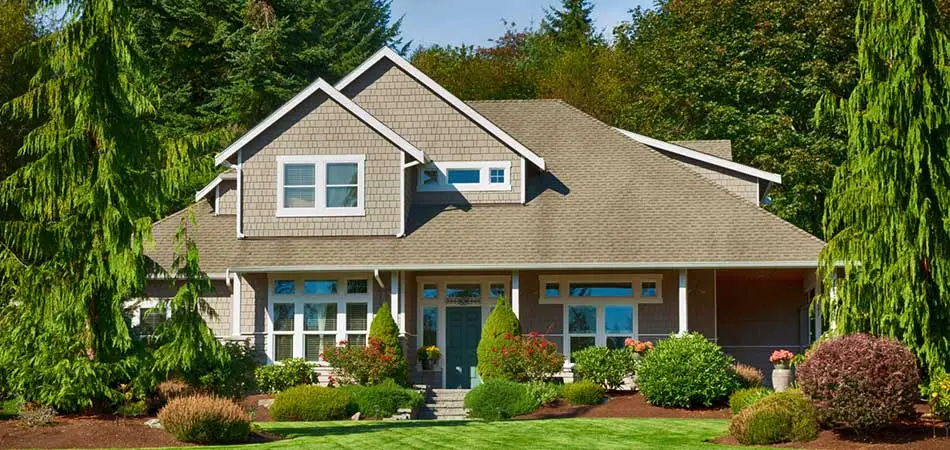
Your trees and shrubs are an investment worth protecting. Protecting your landscape not only adds to the value of your home but provides pleasure for you and neighbors.
Installing ornamental trees and shrubs can be quite costly and then will take years to establish. If not maintained correctly they can suffer irreparable damage from environmental stresses, insects, and disease. Loss of a long established beautiful tree or shrub can be devastating. There are many stressful environmental conditions and hundreds of different insects and diseases that can infest your landscape. 1.888.Lawntec is here to help.
Make sure you install the right plant in the right place. There are many factors that need to be taken into account before installing new trees or shrubs. For success, you will need to consider these factors:
Doing this research will make the difference of having successful healthy plants and a landscape increasing in value or plant decline with ongoing financial and emotional loss and stress.
Reevaluate your existing landscape, this would include all of the factors we listed above. If some plants are not doing well it may be better to...
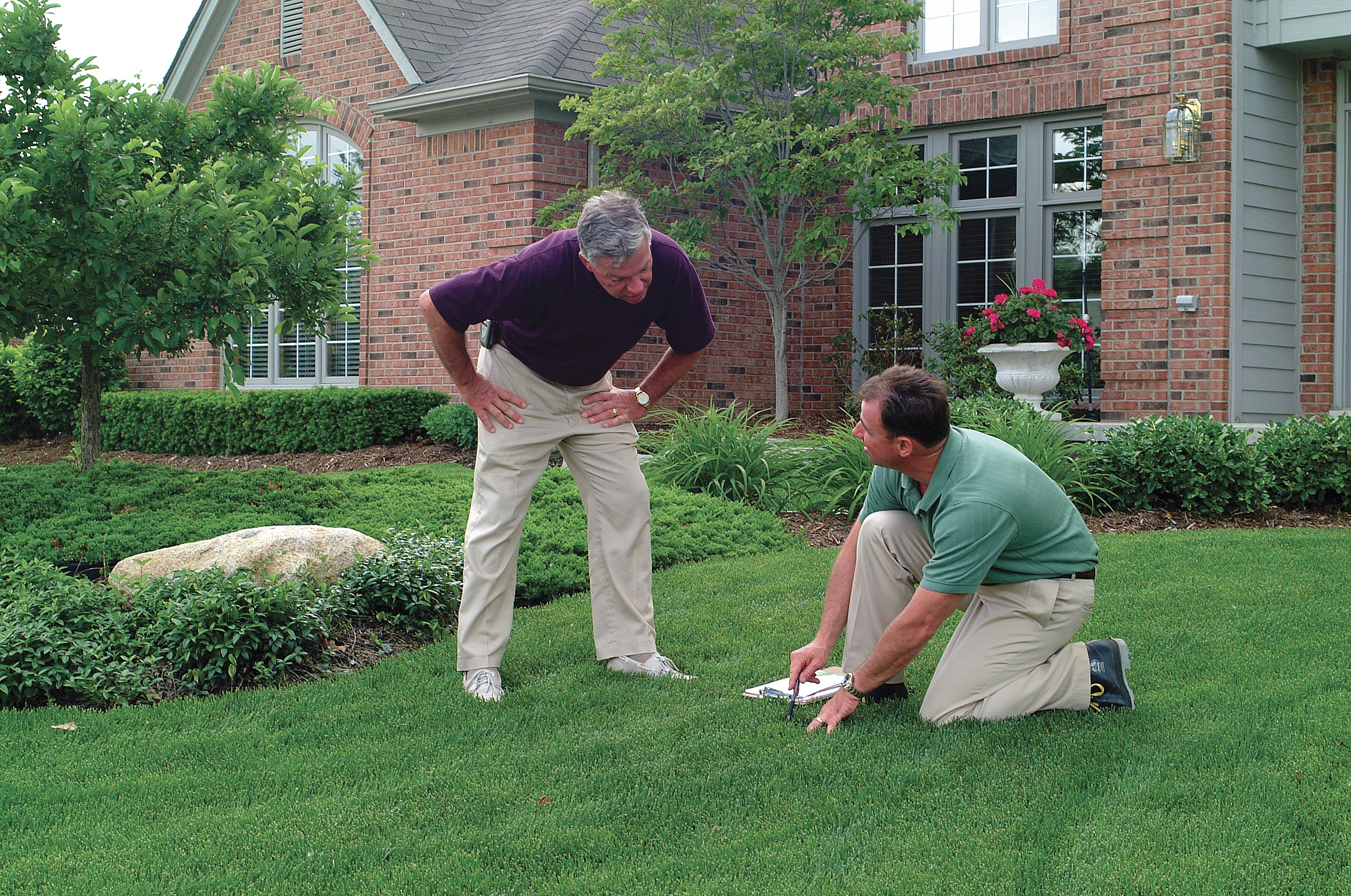
Hiring a professional lawn care company will save you time, money, aggravation and a possible trip to the doctor. But be aware there are many fly-by-night companies out there claiming they are "professional" and your experience with them may be anything but that. Do some research before you hire.
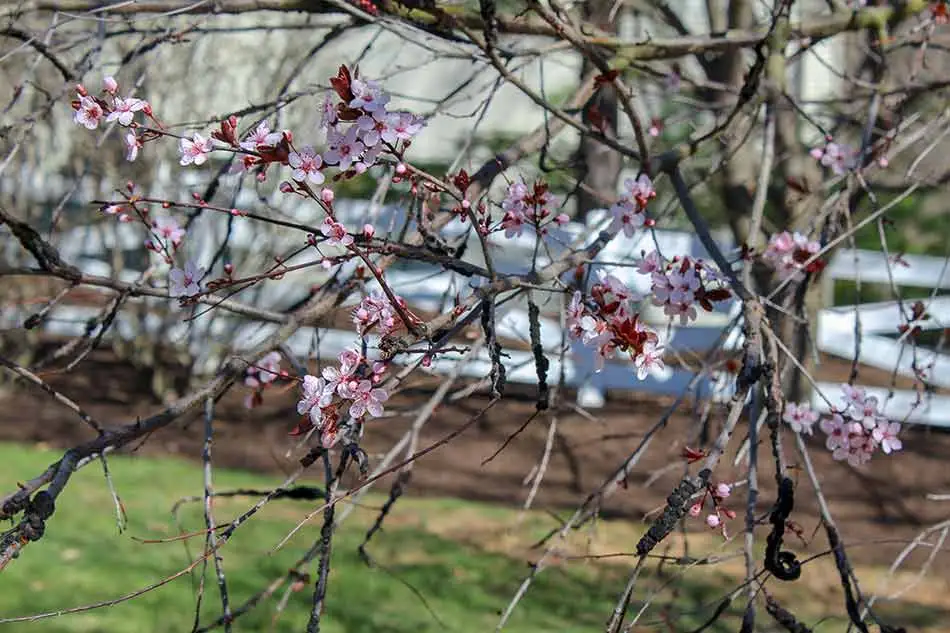
Dibotryon morbosum or Apiosporina morbosa is a destructive plant pathogen aka Black Knot Disease. The source of the fungus is usually a wild, unpruned, infected tree releasing spores into the air. These spores then infect ornamental trees found in local landscapes.
Unfortunately, it’s a slow killer to mainly flowering plum trees, but also affects some cherry and other fruit trees. The disease creates rough, black growths that grow on the tree's twigs and branches. These ugly growths, called gals, will eventually kill the affected parts and then the tree over time.
The most common treatments are pruning infected parts and spraying the tree with a fungicide. This is easier said than done since ongoing pruning and fungicide treatments must be done. These treatments will only help the problem, not solve it. Nearby wild plants with the disease must also be destroyed. It will be more cost effective to let the tree slowly decline and then replace it with a different species.
This is one of the few problems that we cannot cure. However, there are 100’s of other insect & disease problems out there, and we can help!
Preserve the value of your trees, shrubs, and plants! Landscape trees and shrubs can take decades to establish but can be irreparably damaged in a matter of an instant. In addition to robbing your yard of the beauty in which you take pride,...
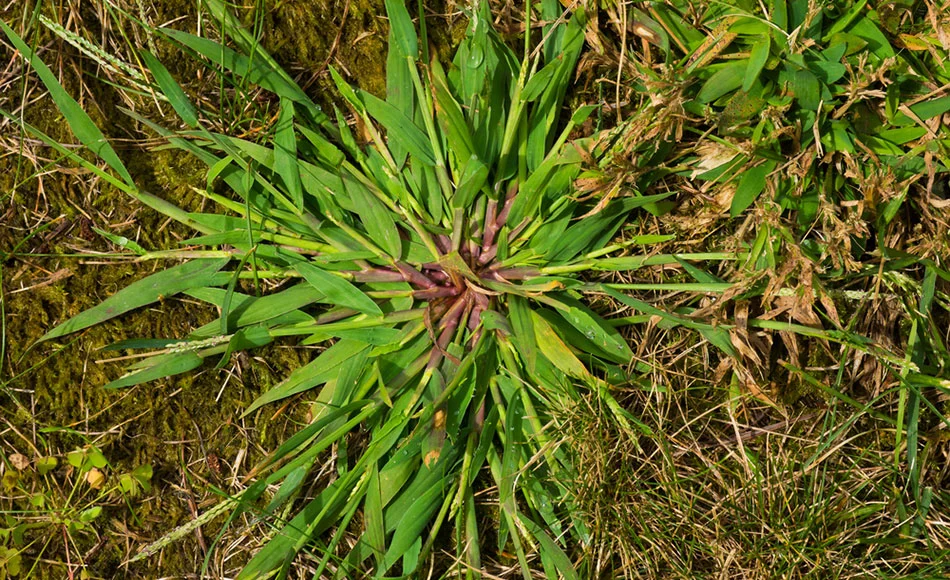
In Berkeley Heights, New Providence, Summit, and other surrounding communities, spring is the time to make one of the most important lawn care applications of the year, pre-emergent crabgrass control. Crabgrass is a nasty aggressive wild grass that is almost impossible to stop once it germinates. This pre-emergent application is combined with a spring fertilizer to help your lawn come out of dormancy, start to grow and green up!
The pre-emergent crabgrass control creates a barrier within the top inch of the soil, this barrier prevents crabgrass seeds from germinating.
Crabgrass seeds germinate in the late spring and summer, so it is important that this barrier is not broken.
Keep in mind! In New Jersey, crabgrass does NOT grow in the spring, it is only a summertime problem. Therefore, if you see wild grass growing on your lawn in the spring, it is some other type of wild grass. Pre-emergent crabgrass or post-emergent weed killers will not control them. During the spring, there are many wild grasses that emerge and most of them peter out by the summer. If you have an ongoing problem in the spring with wild grass, we can get it professionally identified. Then, we can determine if there is any specialty product that will control it. Wild grasses get into a lawn from birds, hay, low-quality soil, or seed.
SORRY WE DO NOT PROVIDE:
Mosquito Control, Lawn Mowing, Clean-Up, or Landscaping
